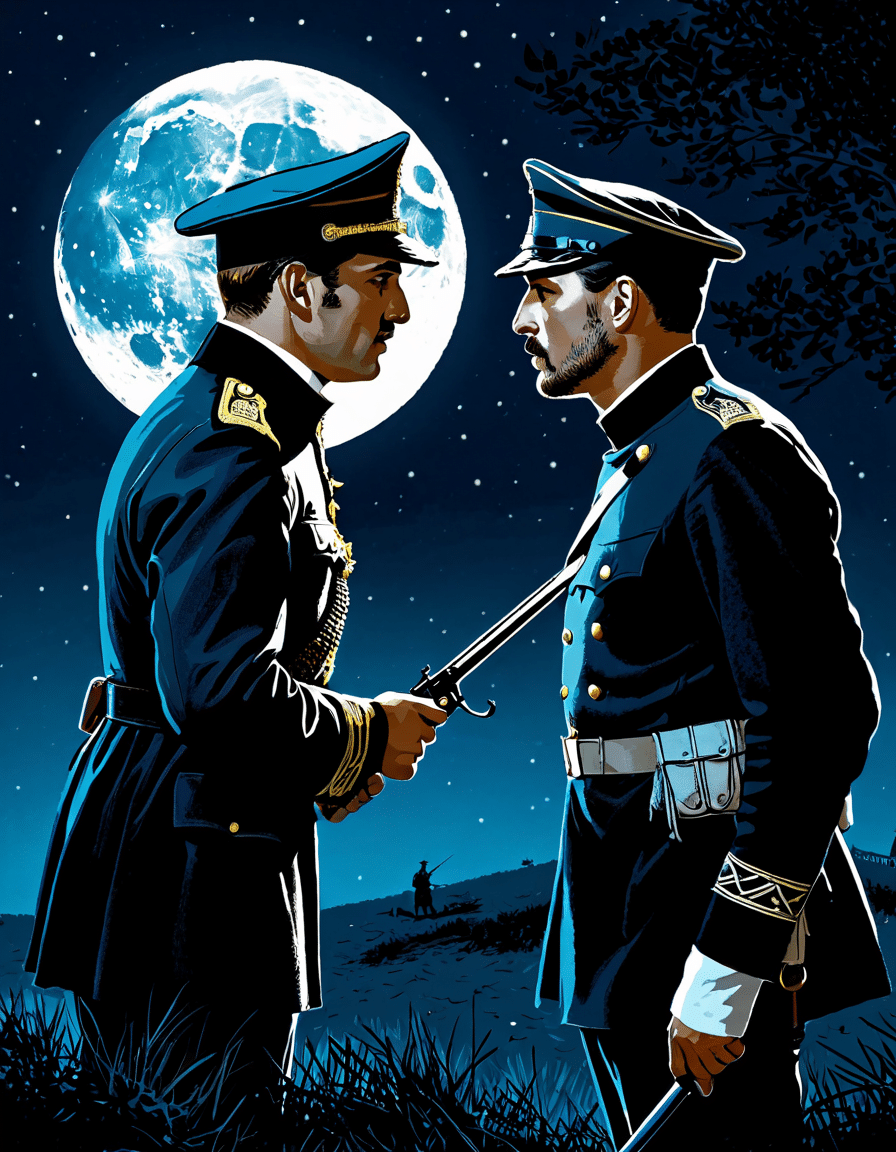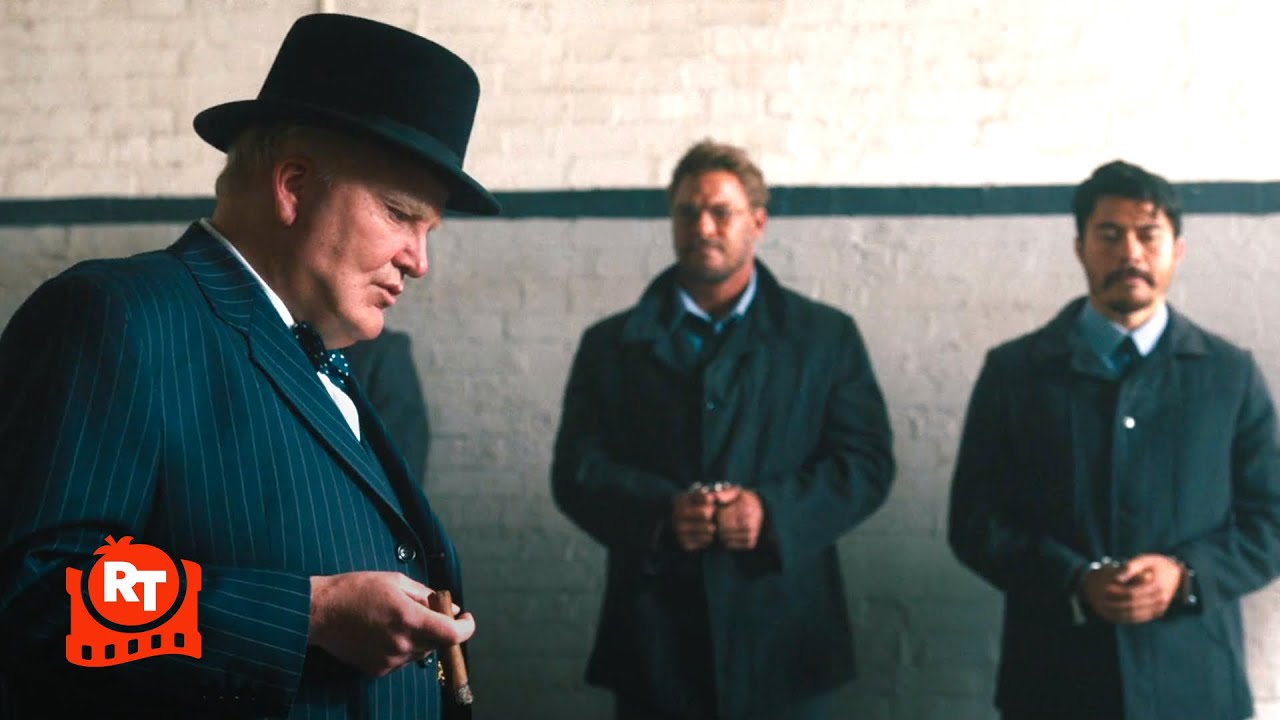The Rise of Ungentlemanly Warfare in Conflict
Here’s a thought: wartime isn’t just about guns blazing and men in uniforms; it’s also about bending the rules. This idea, often dubbed “ungentlemanly warfare,” doesn’t just sprinkle a little chaos on traditional battlefield tactics; it flips the script entirely. This approach disrupts the classical notions of honor and rules of engagement, mixing deception, guerrilla tactics, and cunning strategies. Historically, these tactics have changed the face of conflicts, influencing everything from the trenches of World War I to the murky depths of Cold War espionage.
Take the minimalist military actions during the Gulf War, for instance. With a mix of precision airstrikes and psychological operations, coalition forces leveraged technology and intelligence in ways that traditional warfare couldn’t fathom. The concept of ungentlemanly warfare is central here, forcing generals and strategists to rethink engagement rules. The Ministry of Ungentlemanly Warfare epitomizes this evolution, pushing the boundaries of accepted behaviors on the battlefield. It challenges our understanding of what is fair and just in war.
As we dive into the tactics of ungentlemanly warfare, it’s clear these methods serve to highlight the flexibility of conflict strategies. With every war, new techniques emerge, reshaping the landscape of military conflict. These aren’t just abstract ideas but rooted in real-life consequences that have altered history and shaped national narratives.

Top 6 Ungentlemanly Warfare Tactics That Altered History
1. Psychological Warfare: The American G.I. and the Leaflet Campaign
During World War II, psychological warfare was an ace up the Allies’ sleeve. They recognized that breaking down an enemy’s spirit is as crucial as any battlefield victory. One of the standout strategies was the extensive distribution of leaflets aimed at German soldiers, urging them to lay down their arms. Picture this: combatants getting messages that read, “Don’t struggle against fate! Join us!” Cleverly crafted, these leaflets exemplified ungentlemanly warfare as they targeted the mind rather than the musket.
The Office of War Information orchestrated this campaign, so it cleverly blurred the lines of engagement. Not only did these efforts sow discord among the German ranks, but they also fostered a sense of hope and solidarity among the Allies. That’s the power of psychological warfare—an unseen weapon that arguably played a significant role in undermining enemy morale.
2. Guerrilla Warfare: The Viet Cong’s Asymmetrical Tactics
Fast forward to the Vietnam War, and you find another facet of ungentlemanly warfare that shocked the world. The Viet Cong’s guerrilla tactics turned the traditional concept of military engagement on its head. They didn’t have tanks or the latest weaponry, but what they did have was the advantage of knowing their terrain like the back of their hand. Ambushes, booby traps, and surprise attacks became their bread and butter.
This approach stretched out the conflict, frustrating U.S. forces that were better equipped but less adaptable. The Viet Cong effectively turned their apparent weakness into a significant strength, demonstrating that sometimes, the underdog can rewrite the rulebook of warfare.
3. Cyber Warfare: Russian Interference in the 2016 U.S. Election
In our tech-savvy age, warfare has infiltrated the digital realm. The Russian interference in the 2016 U.S. presidential election set a precedent for a new type of ungentlemanly warfare—cyber warfare. This wasn’t about face-to-face clashes; it was about manipulation behind screens. Utilizing social media disinformation campaigns as weapons, the aim was to distort public opinion and fracture societal trust.
The consequences? Grievous damage to democratic processes. It showcased how warfare could be executed without ever firing a bullet, raising the stakes in global conflicts. As technology continues to advance, we can only expect these tactics to evolve further, opening up a new front in the ongoing battle for influence and power.
4. Economic Sabotage: The Use of Trade Wars in Modern Conflicts
Economic strategies have become an integral part of ungentlemanly warfare, often playing out in the background of overt hostilities. Think about trade wars, like the one between the U.S. and China. Instead of soldiers clashing, the battleground has shifted to tariffs and sanctions. The goal? To destabilize economies without any military action.
This strategic use of economic pressure emphasizes the new battlefield on which nations clash. As a result, leaders face significant challenges in addressing these threats, balancing economic interests while dealing with the implications of their actions. It showcases a paradigm shift in how nations approach conflict—one that is cunningly indirect yet utterly impactful.
5. Covert Operations: The CIA’s Secret Missions
Let’s dive deeper into the shadowy world of covert operations. Institutions like the CIA have epitomized the Ministry of Ungentlemanly Warfare for decades. Their secret missions, from orchestrating coups to executing targeted operations, reflect a willingness to operate outside conventional norms.
When the CIA successfully orchestrated a coup in Iran in 1953, this act wasn’t just about addressing perceived threats; it was a clear example of using cunning tactics to achieve political aims globally. These covert missions exhibit a calculated departure from conventional warfare ethics, showcasing the blurred lines that define ungentlemanly warfare in its truest form.
6. Disinformation Campaigns: The Role of Fake News in Modern Warfare
In the digital age, the spread of disinformation has become a formidable tactic in ungentlemanly warfare. Fabricated stories, rumors, and outright lies intentionally propagate to distort reality, leading to confusion and discord. This strategy has been employed by various state and non-state actors, illustrating the shift towards deception as a weapon of choice.
Fake news campaigns, often fueled by social media, highlight how the battleground for hearts and minds is fought in the realm of information. By manipulating public perception, these entities can gain an advantage that transcends traditional military efforts, creating instability and unrest.

The Lasting Impact of Ungentlemanly Warfare on Global Conflicts
So, what does all this mean? The rise of ungentlemanly warfare isn’t just about new tactics; it’s about reassessing the very ethics of conflict. As technology evolves, so too do the shadows in which wars are fought. These methods prompt critical questions: Where do we draw the line between right and wrong? What is the moral cost of victory?
The lessons learned from ungentlemanly warfare will shape conflict strategies for generations. It’s not just academics or military strategists who should pay attention; policymakers also need to be aware of these evolving tactics in our interconnected world. History is often shaped by the unseen, and ungentlemanly warfare is a testament to that truth, proving that the battlefield is rarely confined to a defined space amid the chaos of conflict.
As we gaze into the future, understanding these tactics serves both a shield and a lens to examine our possibly precarious world—a world where the remnants of past conflicts linger, and the stakes of warfare have never been higher.
Ungentlemanly Warfare: Strategies That Defied Convention
The Origins of Ungentlemanly Warfare
Ungentlemanly warfare refers to tactics that disregard the traditional rules of engagement, often employing cunning and subterfuge. This approach has its roots in history; for example, guerrilla warfare during the American Revolution turned conventional military tactics on their heads. When soldiers hid behind trees and rocks rather than lining up in neat rows, it was a game changer! Similarly, operatives in World War II used deception on a colossal scale, from fake armies to misleading radio transmissions. One could easily compare the surprising twists of ungentlemanly warfare to the imaginative world of the Lilo and Stitch live action adaptation, where expectations are flipped on their head.
Unconventional Breeds Innovation
The history of ungentlemanly warfare is rich with creativity and innovation. Take, for instance, the use of animals in espionage; dolphins have been known to assist in military missions, while the majestic humpback whale helped inspire sonar technology. These tactics might seem outlandish at first glance, but they highlight how thinking outside the box can lead to unexpected victories. Speaking of outside the box, the daring methods employed during the Cuban Revolution by figures like Shirley Chisholm remind us that sometimes victory lies in embracing the unpredictable.
Notable Examples and Their Impact
Historically, ungentlemanly warfare has often been about exploiting weaknesses. The infamous Trojan Horse is a classic illustration, where the Greeks used subterfuge to infiltrate Troy. Fast forward to the modern era, and you see a similar spirit at work: covert operations have shaped the outcomes of numerous conflicts. Even in pop culture, we see these ideas echoed in the Superman vs Batman cast, where familiar heroes employ uncharacteristic methods to achieve their ends. Just like dress Socks add flair to formal attire, these underhanded tactics add layers of intensity to historical narratives, revealing just how entertaining and serious the stakes were.
So next time you dive into stories of military history, remember that sometimes, victory comes not from playing by the rules, but from bending them! And who knows? You might discover that ungentlemanly warfare has shaped our world in ways as captivating as a blockbuster film starring Jay Baruchel.







